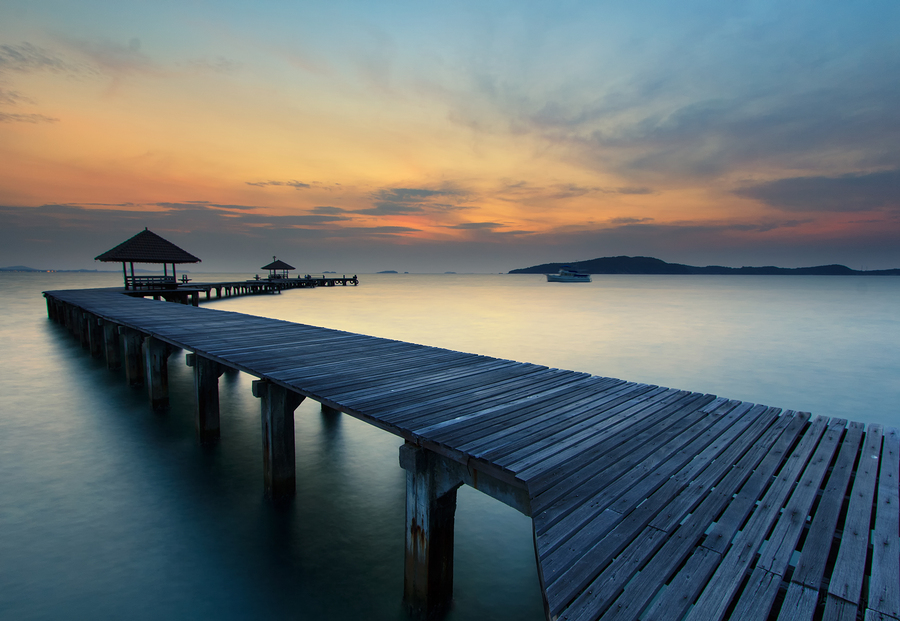
1. Explore your landscape
Take your time and study the key focal point of your landscape. Find the feature that draws the eye and represents the essence of the landscape it sits within. Move around your landscape and explore different vantage points and make sure you have settled on the optimum position. Once you have found make sure you have the best angle and elevation to make the most of it. Ensure you have factored in the angle of the sun for when you want to take the shot. Use a local map to find the best trails and accessible spots – the more preparation you have done on the lie of the land then the more time you will have to enjoy your photography.

2. Timing
Often referred to as the Golden Hours which are the hour starting at Sunrise and the hour that finishes with sunset. These are often the best day hours to capture a landscape when it is at its best when the sky can add spectacular colour backdrops to your landscape. So it goes without saying keep an eye on weather forecasts to avoid cloudy or overcast days. Check for the local Sunrise and Sunset times to ensure you are on location with plenty of time to capture that shot.

3. RAW
We bang on about this in a lot of our photo advice but the same applies with landscapes as it does to other forms of photographic styles such as black and white photography which is always shoot with your RAW quality camera setting. Using RAW your images will so much more vivid and richer with information that gives you flexibility to manipulate the photo using RAW software processes afterwards without having to make compromises. Change the exposure or tones to really maximise the finished image.
4. Field Depth
You want to make sure all of the landscape from back to front appears to be correctly focused from the foreground to the skyline which you will need to narrow the aperture to achieve. Try f/16 or f/22 to obtain the depth of field you are after and then focus on the first third of your landscape starting at the foreground. This will ensure the focus is sharp at the front and remains at an acceptable level for the back of the landscape.
5. Let it Be
Don’t over process! Yes, tweak and enhance something to make the most of the image but do’t transform an image so much that it bears no resemblance to the landscape you visited. Remember it is that essence of beauty that drew you there in the first place so let it speak for itself. Too much photoshopping just sterilises and reduces an image rendering the intrinsic story telling mute. Amazing photos tell a real story so don’t make it look artificial as the viewer will not believe it. That water didn’t look like silk when you got there so leave it be!

